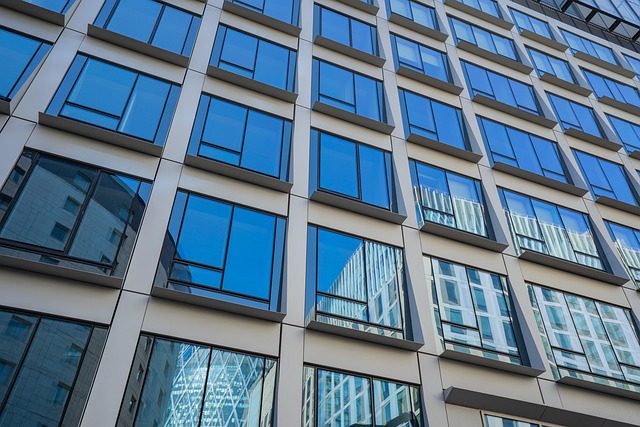In real estate, safety compliance is paramount for protecting occupants, preserving property value, and mitigating legal risks. Proactive facility maintenance through regular inspections, predictive models, and smart sensors enhances safety, efficiency, and tenant satisfaction. Structured assessments identify potential hazards, enabling proactive issue resolution while meeting regulatory standards. Implementing safety protocols, upgrading systems, and training staff creates safe environments, boosts tenant satisfaction, and increases property value.
In the real estate sector, maintaining facilities for safety compliance is paramount. This comprehensive guide delves into the critical aspects of ensuring a secure environment. We explore essential components such as understanding safety regulations, implementing robust maintenance strategies, conducting regular inspections, and employing effective risk mitigation techniques. By adhering to these practices, real estate professionals can protect tenants, buyers, and investors alike, fostering a safe and appealing marketplace.
Understanding Safety Compliance Regulations in Real Estate

In the real estate sector, maintaining facilities for safety compliance is paramount. This involves a deep understanding and adherence to various regulations designed to safeguard occupants and prospective buyers alike. Every structure, from residential apartments to commercial buildings, must meet specific safety standards, encompassing everything from structural integrity and fire safety to accessibility and environmental considerations.
Real Estate professionals play a crucial role in ensuring these compliance requirements are met. They must stay updated on evolving laws and guidelines, collaborate with qualified inspectors, and implement necessary upgrades or repairs. By prioritizing safety compliance, real estate stakeholders not only protect the well-being of individuals but also preserve property value and mitigate potential legal risks, contributing to a safer and more prosperous industry.
Implementing Effective Facility Maintenance Strategies

In the realm of Real Estate, maintaining facilities for safety compliance isn’t just a regulatory requirement; it’s a key strategy to enhance property value and tenant satisfaction. Implementing effective facility maintenance strategies involves a proactive approach that looks beyond immediate repairs. Regular inspections, predictive maintenance models, and leveraging technology can help identify potential issues before they escalate. This not only minimizes downtime but also reduces the financial burden associated with emergency repairs.
For instance, utilizing smart sensors and data analytics to monitor equipment performance can provide valuable insights into maintenance needs. This proactive approach ensures that facilities are well-maintained, safe, and efficient, contributing to a positive tenant experience. In turn, satisfied tenants are more likely to renew leases, boosting the overall success and profitability of Real Estate investments.
Regular Inspections and Risk Mitigation Techniques

Regular inspections are a cornerstone in ensuring safety compliance across real estate properties. These thorough assessments, conducted at set intervals, identify potential hazards and risks that may be overlooked during day-to-day operations. By implementing a structured inspection process, property managers and owners can proactively address issues related to structural integrity, fire safety, accessibility, and more. Such inspections also help in maintaining regulatory standards, avoiding costly fines, and, most importantly, safeguarding the well-being of occupants and visitors alike.
Risk mitigation techniques complement regular inspections by providing strategies to minimize or eliminate identified dangers. This includes implementing safety protocols, upgrading outdated systems, installing modern safety equipment, and training staff on emergency procedures. By adopting these measures, real estate professionals demonstrate a commitment to creating safe environments, fostering tenant satisfaction, and enhancing the overall property value.






